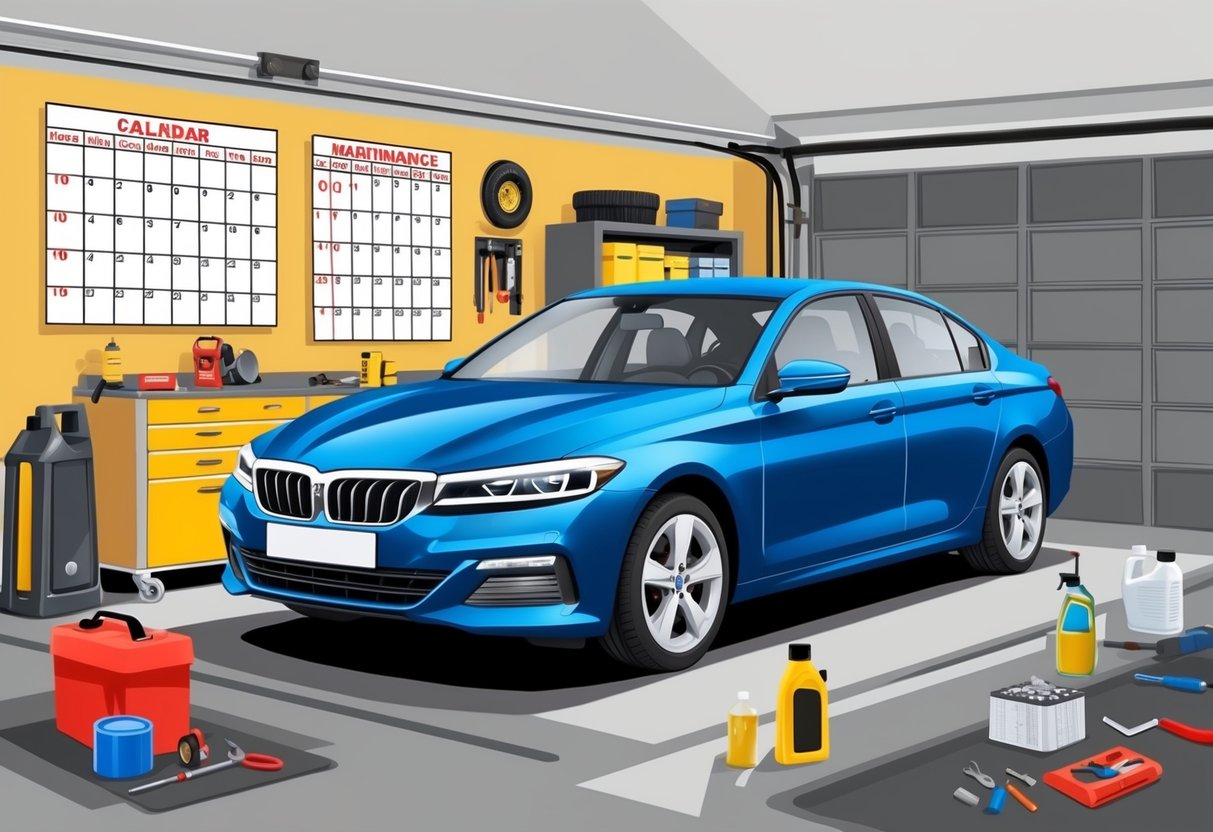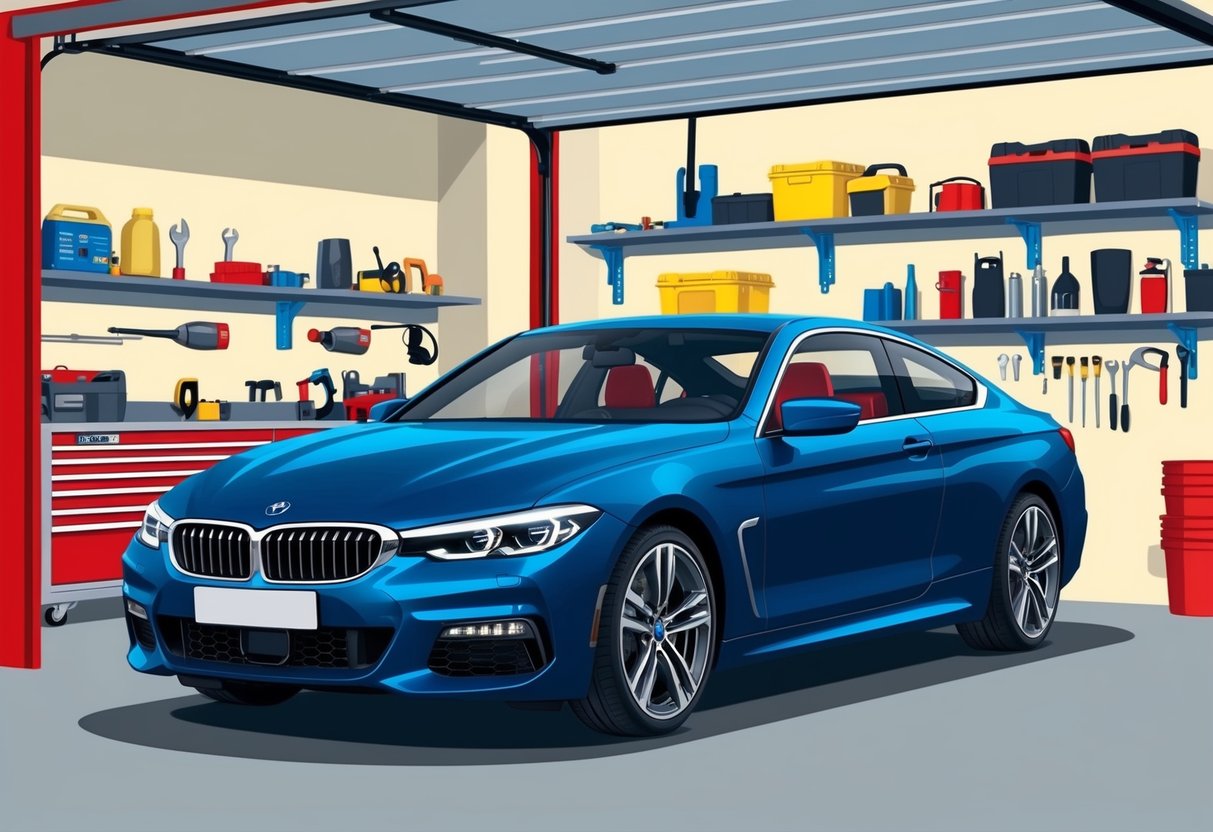
Importance of Wheel Alignment
Wheel alignment refers to the precise adjustment of the vehicle’s suspension components, which affects how tires contact the road.
Poor alignment can lead to uneven tire wear, reduced handling, and increased fuel consumption.
If the car pulls to one side or the steering wheel vibrates, these may be signs the wheels are misaligned.
Alignment issues frequently result from hitting potholes or curbs.
Routine checks, especially after driving on rough roads, are important to catch alignment problems early.
Most manufacturers recommend checking alignment at least once a year or whenever new tires are installed.
Investing in professional wheel alignment checks helps avoid unnecessary tire replacements and ensures even tread wear.
Proper alignment contributes to smoother driving, better safety, and lower long-term maintenance costs.
This also helps prevent damage to suspension and steering components, keeping the vehicle in optimal condition.
Engine and Fuel System Care

Regular engine and fuel system maintenance increases vehicle reliability, keeps repair costs down, and improves fuel efficiency.
Key tasks like changing spark plugs, caring for the fuel pump, and inspecting shock absorbers help sustain long-term vehicle performance.
Changing Spark Plugs
Spark plugs are crucial for igniting the fuel-air mixture in an engine. If they become worn or dirty, a car may misfire, run rough, or lose fuel efficiency.
Most manufacturers recommend changing spark plugs every 30,000 to 100,000 miles. Checking them during routine maintenance can catch problems sooner.
To inspect spark plugs:
- Remove the plug using a spark plug socket.
- Check for deposits, oil, or corrosion on the tip.
Replace if the electrode is worn or buildup is present. Using the correct type ensures compatibility and prevents engine damage.
Maintaining Fuel Pump
A car’s fuel pump delivers gasoline from the tank to the engine. When it malfunctions, symptoms include hard starts, engine sputtering, or complete failure to start.
Keeping the fuel tank at least a quarter full reduces strain on the pump, as it relies on gasoline for cooling and lubrication. It is important to watch for any signs of a failing fuel pump, such as high-pitched whining sounds or sudden loss of power.
Changing the fuel filter at manufacturer-recommended intervals can keep the pump operating smoothly. Clean fuel injectors will also ensure even combustion for a healthier engine and savings at the pump.
Checking Shock Absorbers
Shock absorbers are essential for stable handling and safety, as they minimize vehicle bounce and keep the tires in contact with the road. Worn shocks often cause longer braking distances, uneven tire wear, and reduced traction.
To assess shock absorbers:
- Push down on each corner of the car and release—excessive bouncing signals wear.
- Inspect for oil leaks or physical damage.
Look for cupping on tire treads, an indicator of shock absorber issues. Replacement is usually needed every 50,000 miles, but drivers on rough roads may require service sooner.
Reliable shocks help preserve other suspension parts and maintain control in poor weather.
Smart Driving Habits for Longevity

Smart driving habits play a direct role in the long-term condition of a car. Small changes in everyday behavior, such as properly using cruise control and steering clear of aggressive practices, can contribute to fewer repairs and lower operating costs.
Using Cruise Control Efficiently
Cruise control can be a useful tool for improving fuel efficiency and maintaining a car’s condition. By keeping a steady speed on highways, cruise control reduces unnecessary acceleration and deceleration, which results in a smoother ride and less strain on the engine and transmission.
Drivers are advised to use cruise control only on dry, open highways. Activating it in heavy traffic or on wet, icy, or winding roads may actually decrease safety and increase wear on components like brakes and tires.
For the best results, drivers should set the cruise control at moderate speeds and still pay attention to traffic and road conditions, making manual adjustments when necessary. Consistent and careful use aids in minimizing abrupt throttle changes that can wear out the engine over time, as explained in tips from The Zebra’s guide to extending vehicle life.
Avoiding Aggressive Driving
Aggressive driving habits—such as sudden acceleration, hard braking, and rapid lane changes—take a significant toll on several vehicle systems. These behaviors cause premature wear on brake pads, tires, the suspension, and the transmission.
They can also lead to lower fuel efficiency, higher emissions, and more frequent repairs. Smooth, gradual acceleration and braking helps parts last longer and reduces stress on the drivetrain.
Keeping a safe following distance lowers the need for sudden stops, and staying within posted speed limits conserves fuel. According to advice from Motorist.org on how driving habits affect car lifespan, practicing restraint behind the wheel improves overall vehicle longevity and lowers maintenance costs.
Prioritizing calm, defensive driving helps the car remain in better condition for years.